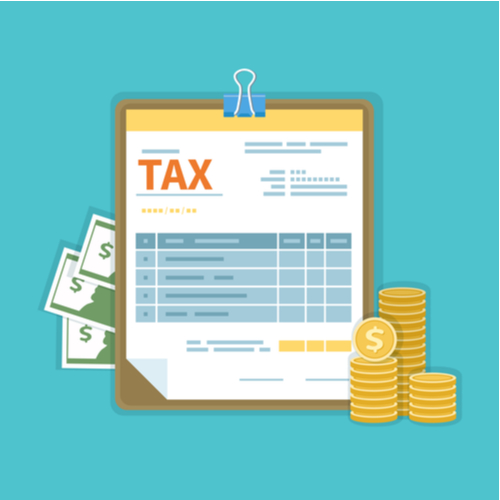Tax Planning and your Personal Allowance
 Let’s be clear – tax planning doesn’t automatically mean tax avoidance.
Let’s be clear – tax planning doesn’t automatically mean tax avoidance.
Personal tax planning is the process where your chartered accountant uses their skill and experience, along with legal, government-approved methods to reduce your tax bill. There are no legal consequences for using proper tax planning.
Tax avoidance, on the other hand, involves ‘bending the rules of the tax system to gain a tax advantage that Parliament never intended’ as defined by Gov.uk. It must be noted that HMRC does crackdown on tax avoidance and you can read the related articles ‘HMRC legal powers’ and ‘How does HMRC expose tax evasion and avoidance’ by clicking on the appropriate link.
At TaxAgility, our Accountants have been helping individuals with tax planning for decades but never tax avoidance. Our personal tax planning services include but are not limited to income tax, trusts and estates, inheritance tax and capital gains tax. We work with you to create a strategic tax plan that allows you to earn, save, protect and invest your money as efficiently as possible.
Personal allowance
For tax years 5 April 2019 to 6 April 2020 and 5 April 2020 to 6 April 2021, your Personal Allowance is set at £12,500. What it means is you can earn up to £12,500 without paying any income tax.
If you earn between £12,500 and £37,500 then you will fall into the Basic Rate band where you pay 20% tax.
For most people on PAYE, the relevancy between personal allowance and tax planning seems trivial. But the more you earn, you need to be aware that there is the cost of losing tax breaks like marriage allowance, child benefit tax break, among others. It is best to speak to an experienced tax accountant who can provide specific advice pertaining to your circumstances.
Capital Gains tax allowance
For those who intend to sell some shares or a second home, you would want to know about Capital Gains tax allowance. For the tax year 2019-20, the capital gains tax allowance is £12,000 for individuals and £24,000 for married couples and civil partners.
How much capital gains tax you pay depends upon your tax bracket – if you pay a higher rate income tax, you are likely to pay more capital gains tax, but if you pay a basic rate income tax, there are formulas to calculate how much you pay. Contact us if you are unsure.
Pensions
Using pensions to reduce your taxable income is a common method for those looking to pay less tax and save for the future.
A simple example is that if you’re a basic rate taxpayer and you pay £80 into your pension, you get an added £20 from basic rate tax relief.
Once you reach the age of 55, you can withdraw 25% of your pension tax-free. Do note that there are scammers out there looking to take advantage of your interest in this, so be mindful.
ISAs
Individual Savings Accounts (ISAs) are attractive because you can invest up to £20,000 per tax year and don’t have to pay tax on the money you make from your ISA investments. How much you tax bill you can reduce depends on the type of ISA you have.
Pay less tax if you’re self-employed
If you have set yourself up as a contractor, there are certain business expenses which you can deduct from your tax bills. However, it must be said that every contractor is unique, so the tax advice you get should be personalised and not one-size-fits-all, as explained in our post ‘Eight top tips for choosing a contractor accountant’. At TaxAgility, we are the contractor accountants you’re looking for, so call us today to arrange a complimentary, no obligation meeting.
TaxAgility can help with your tax planning
If you’re looking to reduce your tax bill, and have questions on capital gains tax, inheritance tax and other personal tax matters, contact the Accountants at TaxAgility. To find out more, get in touch on 020 8108 0090 or fill out our Online Form.
This post is intended to provide information of general interest about current business/ accounting issues. It should not replace professional advice tailored to your specific circumstances.
If you found this useful, you might also enjoy:
